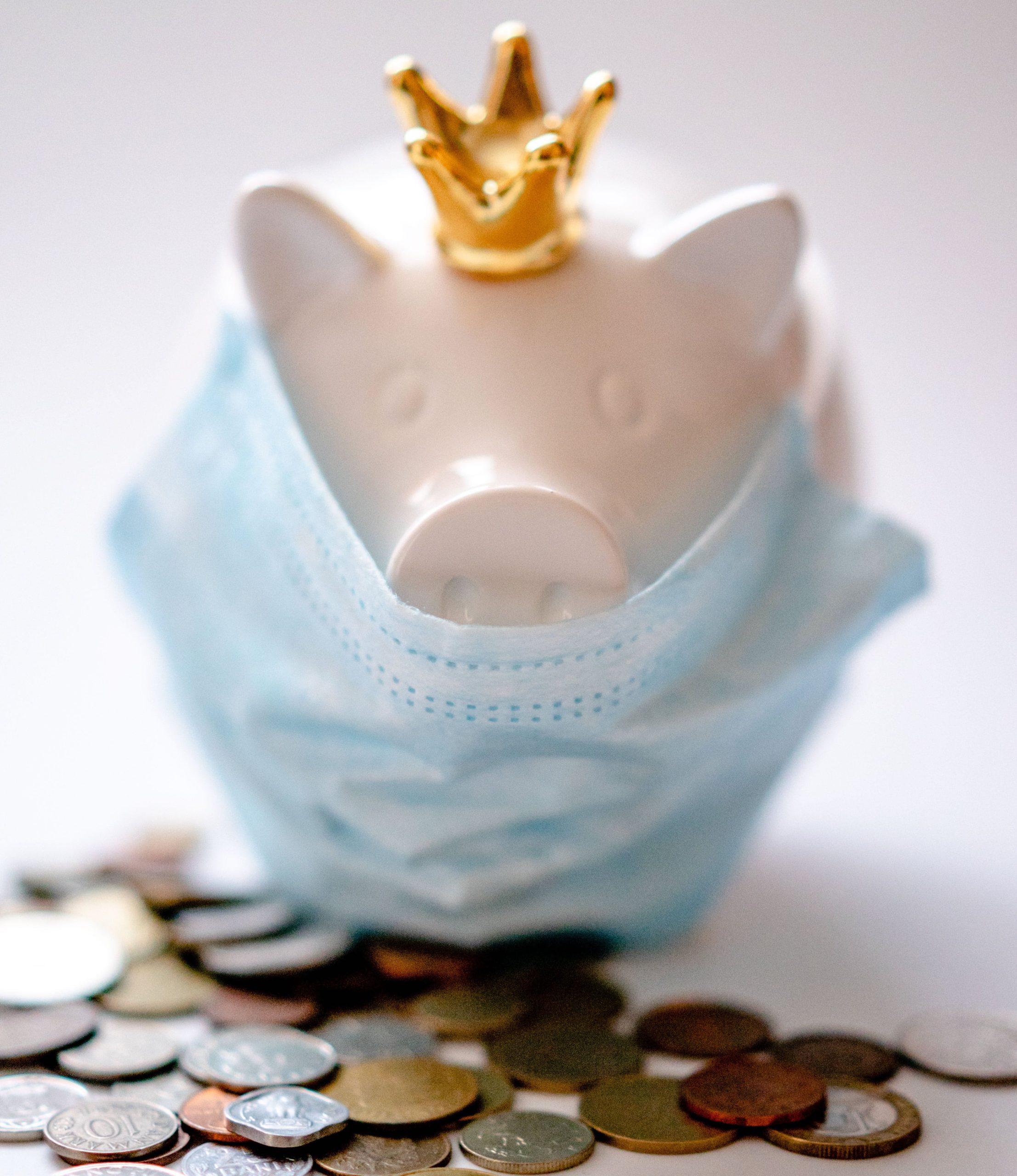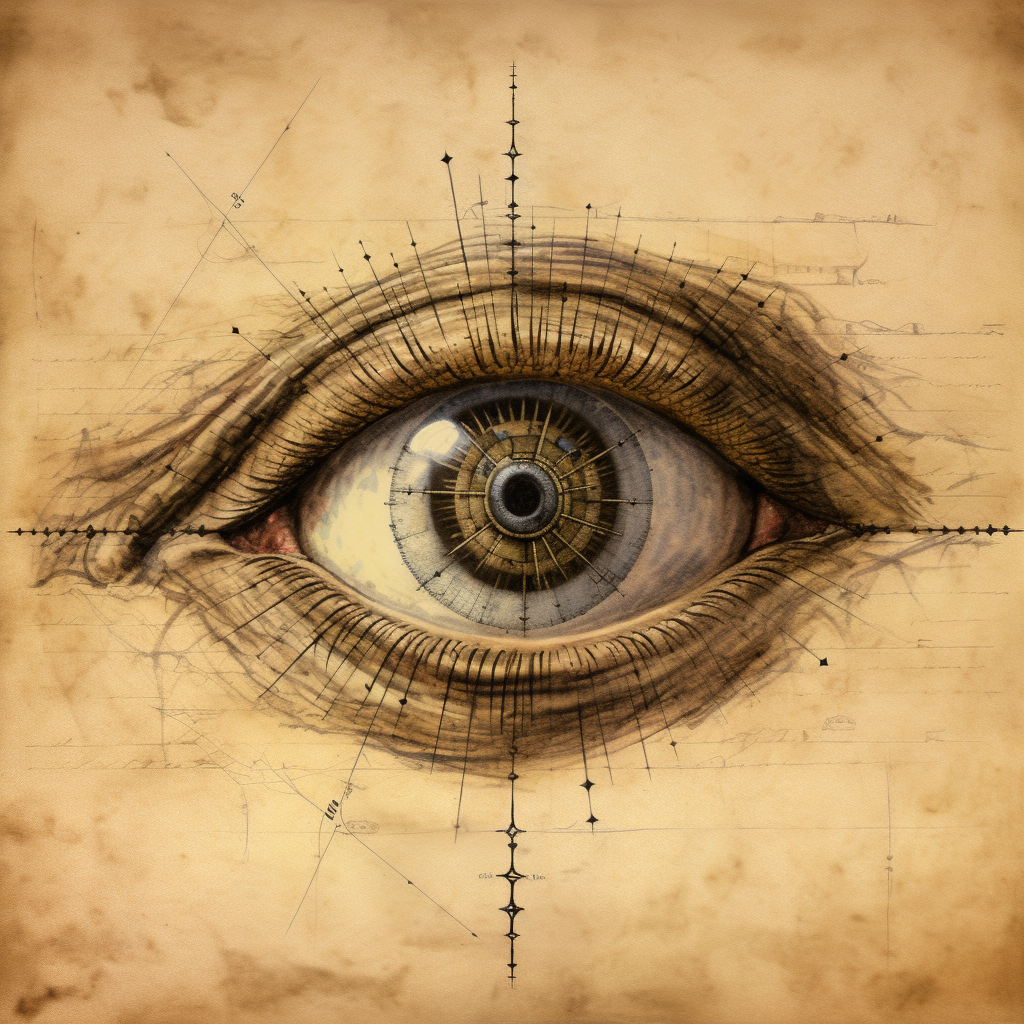Concussion and Acupuncture: Autonomic Nervous System and Pupillary Light Reflex
My name is Jack. I am the founder of Jackupuncture, an innovative clinic in Hawai’i passionate about optimizing human performance and changing brains, bodies, and lives. I am an acupuncture and concussion specialist. I work with an international group of experts and medical professionals who address concussion rehab using the most up-to-date information and technologies. In this article, we’ll briefly explore the intricate interplay between the autonomic nervous system (ANS), pupillary light reflex (PLR), and concussions, discussing the importance of understanding ANS health and utilizing PLR to help implement effective strategies for concussion assessment and rehabilitation.
Understanding Concussions
Concussions, often labeled as “mild” traumatic brain injuries, are anything but mild in their impact. These injuries, which result from a blow to the head or body, can disrupt the function of multiple physiological systems. Oftentimes, the symptoms of the impacted systems can overlap, making it difficult to identify which is at play. One such common source of symptoms is the ANS. Because the ANS plays a role in so many aspects of our health and function, disruption of its delicate balance can lead to a wide range of symptoms, as well as impair crucial neurological functions, including the PLR. This is what makes understanding the ANS and how to assess its state an important part of concussion management.
Understanding the Autonomic Nervous System (ANS)
The ANS serves as the body’s autopilot system, regulating myriad involuntary functions essential for survival. Made up of the sympathetic and parasympathetic branches, the ANS maintains homeostasis by dynamically adjusting physiological processes in response to internal and external stimuli. These responses are the “fight, flight, freeze” responses many people are familiar with. From heart rate and blood pressure to digestion and immune responses, the ANS plays a pivotal role in ensuring optimal bodily function. This wide-reaching role is how so many seemingly unrelated symptoms may be connected and why assessing the ANS is a key part of evaluating concussions.
The Impact of Concussion on the Autonomic Nervous System
Concussions disrupt the delicate balance of the ANS, leading to dysregulation of autonomic function. Following a concussion, the sympathetic branch of the ANS often becomes overactive, resulting in symptoms such as increased heart rate, blood pressure fluctuations, and heightened stress responses. On the other hand, the parasympathetic branch may exhibit impaired function, leading to issues such as dizziness, fatigue, and gastrointestinal disturbances. Both of these can occur at the same time within the same person. This makes objective measures of ANS dysfunction crucial for comprehensive concussion management and rehabilitation.
Assessing Autonomic Function: The Role of Pupillary Light Reflex (PLR)
The pupillary light reflex (PLR) serves as a valuable tool for assessing autonomic function, particularly in the context of concussions. PLR involves the constriction/shrinking or dilation/widening of the pupils in response to changes in light intensity. The speed, duration, and amplitude of this reflex are all controlled by the ANS. Following a concussion, abnormalities in PLR responses may manifest as changes in pupil size, asymmetry between pupils, or delays in response time. These alterations in PLR can provide valuable insights into the severity of the concussion and guide treatment decisions.
Utilizing PLR in Concussion Assessment
Due to the multi-system impact concussions can have, having multiple tools to assess for the cause of different symptoms is key. Incorporating PLR assessments into concussion evaluations can enhance diagnostic accuracy and inform treatment strategies. Objective measurements of PLR parameters, such as pupil size, latency, and constriction velocity, can complement subjective assessments and aid in monitoring recovery progress over time. Advanced technologies, such as pupillometry, offer precise quantification of PLR responses, allowing for early detection of autonomic dysfunction and tailored interventions. At Jackupuncture, PLR assessment helps us understand how to best approach a patient’s care, gauge their response to treatment, and track objective data so we take the correct next steps forward. This has been helpful in identifying neurological and autonomic deficits in patients who aren’t otherwise experiencing any symptoms. This can be key in ensuring patients return to activity safely and seek care sooner rather than later, which studies have shown directly impacts concussion rehab.1,2
Rehabilitating Concussions: A Comprehensive Approach
Effective concussion rehabilitation requires a multidisciplinary approach that addresses both physical and neurological aspects of injury. In particular, seeing a concussion specialist is vital for ensuring you receive the appropriate, individualized care necessary for your best recovery. Keep in mind that strict rest after the first day or 2 of injury is outdated information, and if “Just rest” or “It’ll get better over time” are the only advice you’re receiving, you need to find another provider. In addition to traditional symptom management protocols, interventions targeting ANS dysregulation and PLR abnormalities can play a pivotal role in promoting recovery. Various therapies offer promising avenues for optimizing ANS function and restoring neurological integrity following concussion. These include acupuncture, breathwork, biofeedback, and vestibular rehabilitation. Structured heart rate-based cardiovascular activity is also a great approach for supporting ANS function and concussion rehabilitation.3 For more guidance on how to use your favorite cardio exercise to address acute or persistent concussion symptoms, view this article on Jackupuncture’s blog.
Conclusion
Concussions pose significant challenges to both athletes and non-athletes alike, highlighting the importance of understanding the complex interplay between the autonomic nervous system, pupillary light reflex, and concussion pathology. Leveraging PLR in concussion assessment and rehabilitation enhances diagnostic accuracy, improves treatment outcomes, and ultimately facilitates safe return to activity for individuals recovering from concussions. As part of our ANS assessment, we use ReflexPro pupillometry at Jackupuncture. This helps us not only assess PLR for concussion evaluation, but also monitor ANS function over time to ensure patients are responding to treatment and progressing well through rehabilitation. Thanks to pupillometry innovations like ReflexPro, we can provide PLR assessments in the clinic or anywhere our patients are with a mobile app, making concussion evaluation and rehabilitation more accessible. If you suspect your concussion symptoms are autonomic in nature or are interested in better understanding how your ANS is functioning, visit Jackupuncture’s blog to access a complimentary ReflexPro scan, courtesy of Jackupuncture.
References
M. Cassimatis, R. Orr, A. Fyffe, et al. Early injury evaluation following concussion is associated with improved recovery time in children and adolescents, Journal of Science and Medicine in Sport, https://doi.org/10.1016/j.jsams.2021.06.012.
- Claire L. Kowalczyk, Shawn R. Eagle, Cyndi L. Holland, Michael W. Collins & Anthony P. Kontos (2020): Average symptom severity and related predictors of prolonged recovery in pediatric patients with concussion, Applied Neuropsychology: Child, DOI: 10.1080/21622965.2020.1774376.
- Leddy JJ, Haider MN, Ellis M, Willer BS. Exercise is Medicine for Concussion. Curr Sports Med Rep. 2018 Aug;17(8):262-270. doi: 10.1249/JSR.0000000000000505. PMID: 30095546; PMCID: PMC6089233.





Leave A Comment